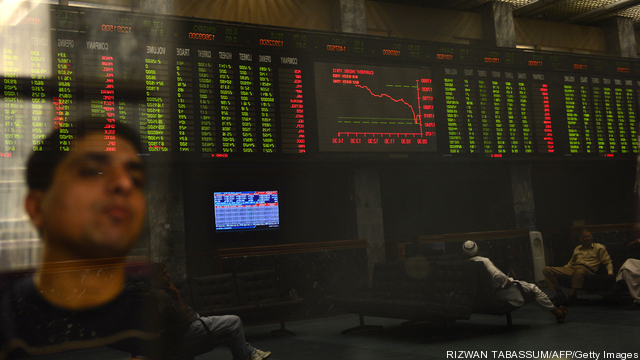
Trade in derivatives has been one of the most controversial activities in finance since the opacity around those markets was held by observers to blame for the scale and depth of the financial crisis of 2008. One of the key solutions recommended by regulators was to move trade in contracts onto exchanges, where they could be monitored more closely.
That effort showed early signs of success as the more-liquid contracts moved online but efforts to make exchange trading the default have faltered and – for many types of derivatives – actually reversed.
The World Federation of Exchanges said this week that 21 billion derivatives were traded on global exchanges in 2012, down from 25 billion in 2011. Equity derivatives still took the lion’s share of volume, but commodities were the only sector to see growth, rising 19% in volume year over year.
Sustained hunger in mainland China not only for the underlying commodities but a larger share of global commodities trading power helped drive the performance in commodities, which includes oil, coal and other energy products. Mainland Chinese exchanges accounted for 41% of exchange-traded commodity volume in 2012, a massive 34% jump from the previous year.
China has long been expected to take a more prominent role in commodity pricing as the country’s huge economy remains dependent on commodities ranging from oil and coal to iron for its industry and infrastructure-driven growth. China just surpassed the US as the world’s largest oil importer, too, lending tailwinds to the trend.
China continues to punch below its weight in global energy markets, though, in part because its currency still does not float on world markets and regulation of commodities trade in the country is poorly understood in the rest of the world. With volume spiking, though, Western exchanges are likely to step up their already substantial investments in the country to try to position themselves for an ongoing eastward shift in trade.
